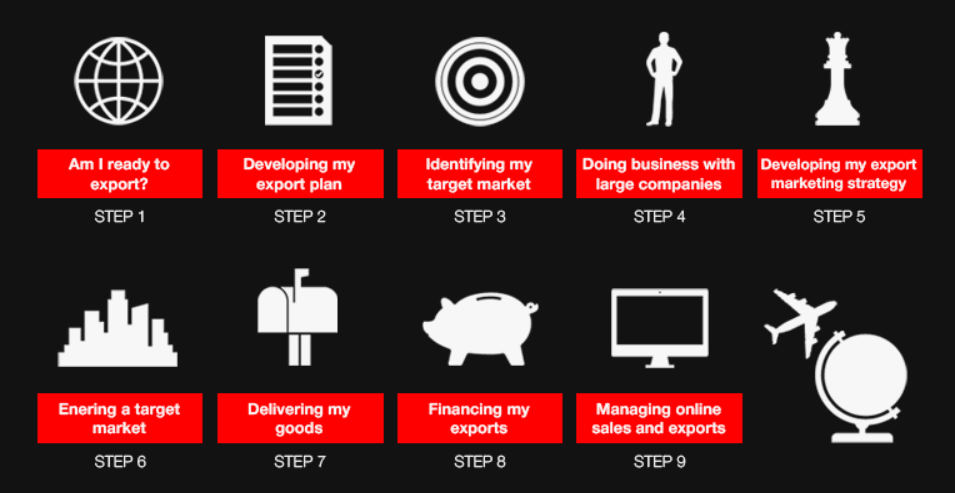Market Entry
What is Market Entry

Definition:
Market Entry refers to the process by which a company expands its operations into new geographic regions, industries, or market segments to capitalize on growth opportunities, reach new customers, and drive business expansion. It involves carefully planning and executing strategies to enter unfamiliar territories while mitigating risks and maximizing chances of success.
Analogies:
Think of Market Entry as exploring uncharted waters. Just as explorers navigate unknown territories, businesses venture into new markets with a combination of preparation, strategy, and adaptability to discover opportunities and establish a foothold in unfamiliar terrain.
Further Description:
Market Entry strategies vary depending on factors such as target market characteristics, competitive landscape, regulatory environment, and the company’s resources and capabilities. It involves thorough market research, feasibility studies, and strategic planning to identify potential risks and opportunities, select appropriate entry modes, and develop actionable plans for market penetration and growth.
Why is Market Entry Important?
Market Entry plays a pivotal role in business expansion and growth by:
- Expanding Reach: It enables companies to access new customer segments, geographic regions, or industry verticals, diversifying revenue streams and reducing dependence on existing markets.
- Driving Innovation: Entering new markets fosters innovation and encourages companies to adapt their products, services, and business models to meet the evolving needs and preferences of diverse customer bases.
- Fueling Growth: Successful market entry initiatives contribute to revenue growth, market share expansion, and long-term sustainability, positioning companies for competitive advantage and industry leadership.
Key Components of Market Entry Strategies:
- Market Research: Conduct comprehensive market research to understand target market dynamics, customer preferences, competitive landscape, and regulatory requirements.
- Entry Mode Selection: Evaluate various entry modes such as exporting, licensing, joint ventures, strategic alliances, franchising, or establishing wholly-owned subsidiaries, considering factors like cost, risk, control, and resource commitment.
- Localization: Customize products, services, marketing messages, and distribution channels to align with local market preferences, cultural norms, language, and regulatory standards.
- Partnership Development: Identify potential local partners, distributors, suppliers, or stakeholders to facilitate market entry, leverage local expertise, and build strategic alliances for mutual benefit.
- Risk Assessment and Mitigation: Identify potential risks and challenges associated with market entry, including political, economic, legal, and cultural factors, and develop risk mitigation strategies to address them proactively.
Tips for Successful Market Entry:
- Understand Market Dynamics: Gain deep insights into target markets, customer behaviors, and competitive landscapes to inform strategic decision-making and market entry planning.
- Build Local Relationships: Cultivate relationships with local stakeholders, industry partners, government agencies, and community influencers to navigate regulatory hurdles, gain market access, and establish credibility.
- Adapt and Innovate: Be flexible and responsive to market feedback, evolving consumer trends, and competitive dynamics, adapting products, services, and strategies to meet changing market demands.
- Invest in Talent and Resources: Invest in recruiting and developing local talent, building infrastructure, and allocating resources to support market entry initiatives effectively.
- Monitor and Evaluate Performance: Establish metrics and key performance indicators (KPIs) to track progress, measure success, and adjust strategies based on market feedback and performance data.
Key Takeaways:
- Market Entry is a strategic process of expanding into new territories, industries, or market segments to drive business growth and capitalize on opportunities.
- Key components of market entry strategies include market research, entry mode selection, localization, partnership development, and risk assessment and mitigation.
- Successful market entry requires deep market insights, relationship building, innovation, resource allocation, and ongoing performance monitoring and evaluation to achieve sustainable growth and competitive advantage in new markets.
Table of Contents




